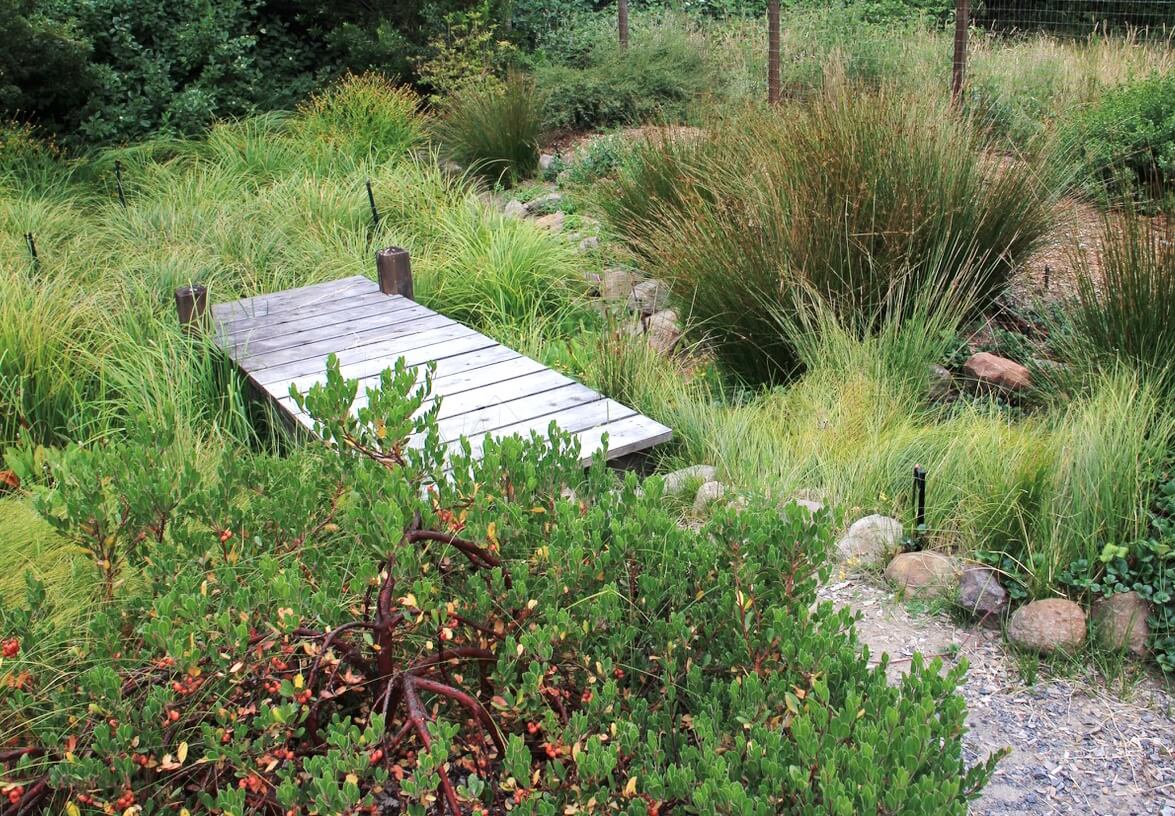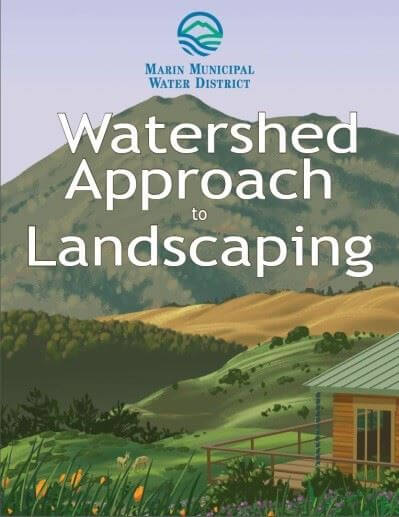What Makes It a Habitat?

Habitat gardens are a reflection of the natural world, which, when compared with traditional garden design, may seem somewhat informal, a little wild, and maybe a bit messy, and this is exactly what makes it wildlife-friendly!
Habitat gardeners plant for the insects first, and learn to appreciate all the creatures that show up in a garden full of rich resources. A habitat gardener must learn to relinquish complete control over their garden, accepting a role that is more that of an editor. Your garden will be constantly changing as the life you invited in starts to create conditions conducive to still more life, and you can relax and enjoy the process without struggling to maintain everything in perfect order. Nothing is more delightful than letting your plants self-seed and send out runners, locating the perfect nook where they feel comfortable putting down roots and flourishing.
Habitat gardens are always designated pesticide-free zones and are created and maintained using only organic, sustainable gardening methods and techniques. They incorporate a variety of plant types: trees, shrubs, vines, perennials, geophytes, grasses, and annuals, all mingling and providing beauty, food, cover, and nesting sites.
Of course, habitat gardens are for people, too! A good, flexible formula for the habitat garden is: 1/3 native plants, 1/3 ornamentals (food and nectar plants) and 1/3 edibles (berries, fruit and nut trees, and herbs). “Your” habitat garden is no longer really just yours when other animals find what they need there, too. Be prepared to share your bounty.
Learn How to Connect the Worlds of Gardening and Ecology
Habitat gardening is all about gardening in harmony with nature. What are the first steps in this direction?
First of all, get to know California’s native plants in the wild. Spend time hiking the numerous parks and open space trails close to where you live. Maybe you enjoy camping out; that’s a great way to really immerse yourself in nature and learn about plant communities in different areas, too. Get a good field guide to the wildflowers, native trees and shrubs, and interesting perennial plants and bunch grasses. These days there are also lots of apps for smartphones that can help you identify the plants you see in the wild.
Secondly, find the plant people and resources in your local community and learn from them. Join the California Native Plant Society; local chapters offer free hikes often led by knowledgeable plant people, as well as workshops, plant sales and classes of all kinds. Here, the Marin County Parks and Open Space rangers also offer free hikes, and other popular naturalist-led classes hikes or excursions are made available through adult community education programs.
Join in on some of the counts, organized by groups and people with specific areas of expertise, that take place on a recurring yearly basis: the fourth of July Butterfly Count; the Thanksgiving Count at over-wintering monarch butterfly roosts; and the December Bird Count organized by local Audubon Societies across America.
Field botany or field ecology classes, sometimes offered by local community colleges, are a great way to get into the wild places with a varied group of experts to learn plant ID throughout the seasons. You’ll soon understand more about the plant communities and the specific environments, or habitat niches, that the plants grow in. It’s important to walk the same trails throughout the year and observe the natural cycles—vegetative growth, flowering, fruit set, and drop—of the plants that particularly interest you. The optimum growth of a plant is usually displayed within a precisely defined environment that was established during ancestral evolution. Often there are also plant “associations” and you’ll notice certain native plants just like growing together!
When cultivating any native plant in a garden habitat, our choices are still restricted by the environmental needs and associations that are obvious in the wild; many of these same plants are adaptable to garden conditions and are already being grown by local native plant nurseries. Touring other gardens that are eco-friendly is also a great way to start planning your own habitat garden.
CalScape is a program where, by entering your zipcode, you get an inventory of California natives that will grow in your area. This is a good resource for making a garden plan. Using some of the plants listed (some of which may be thriving right outside your back yard fence) is another good way to recreate that sense of place in your personal garden space.
Thirdly, as your habitat garden starts to establish, be an alert observer. A rich biodiversity of creatures will be drawn to the resources now readily available to them. You will soon notice some of the amazing and wonderful symbiotic relationships that exist between plants, insects, birds, and other animals. Many of these relationships have evolved to facilitate pollination, distribution, and germination of the plant’s seeds. All this life in the garden soon starts to invite in even more life, and helps to create a small but balanced ecosystem within the habitat garden. Be sure you have a place to sit and watch nature up close and personal!

